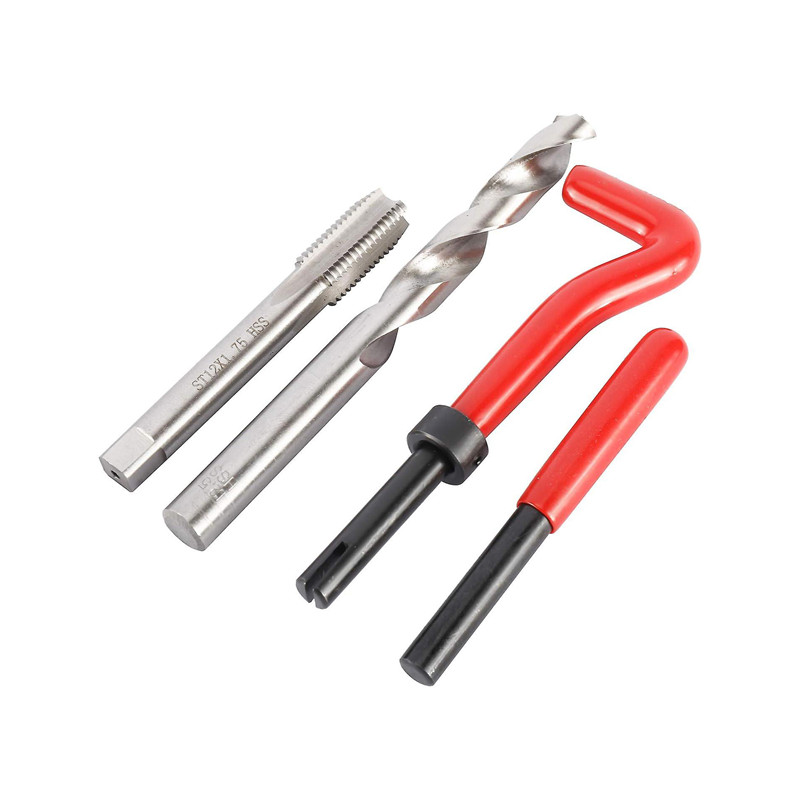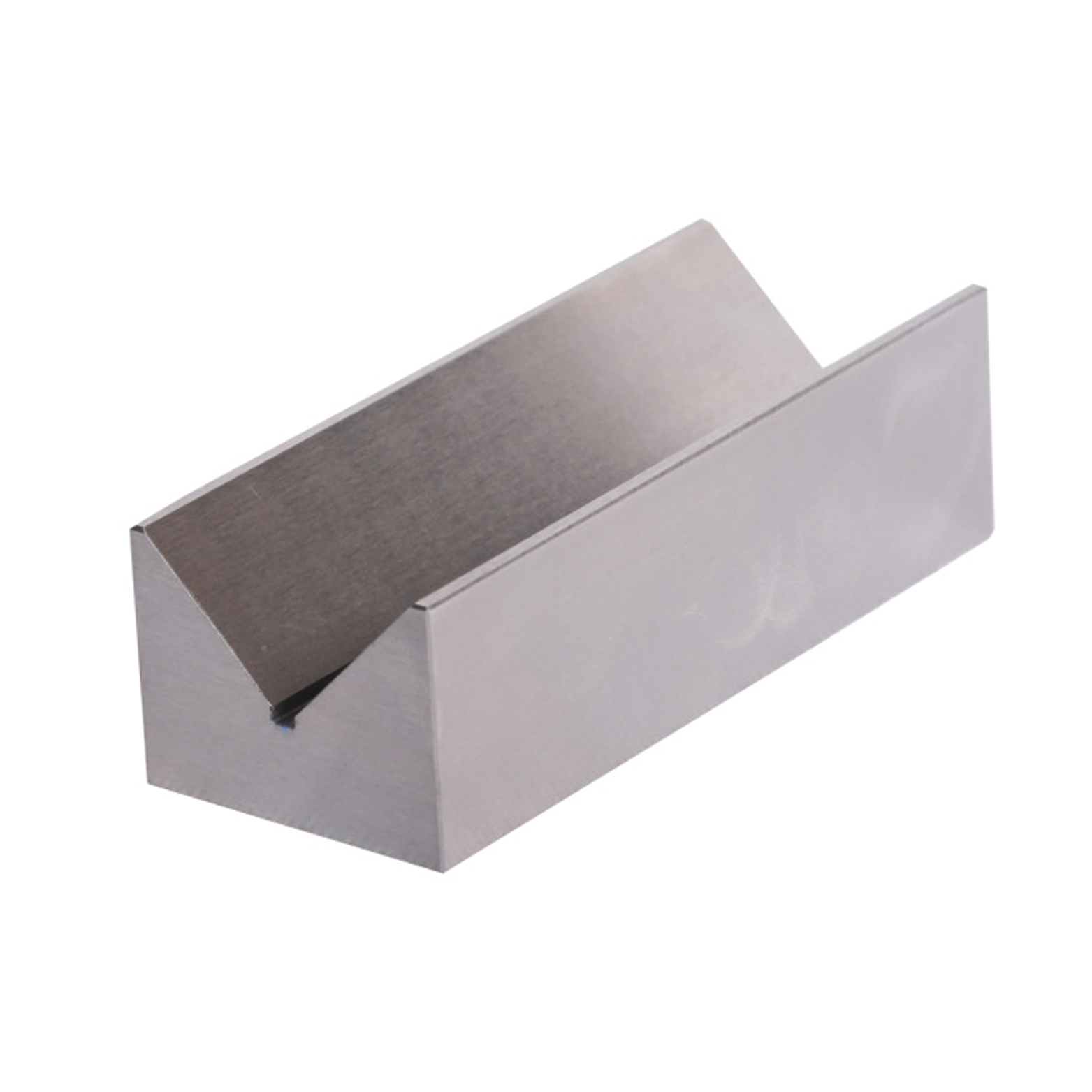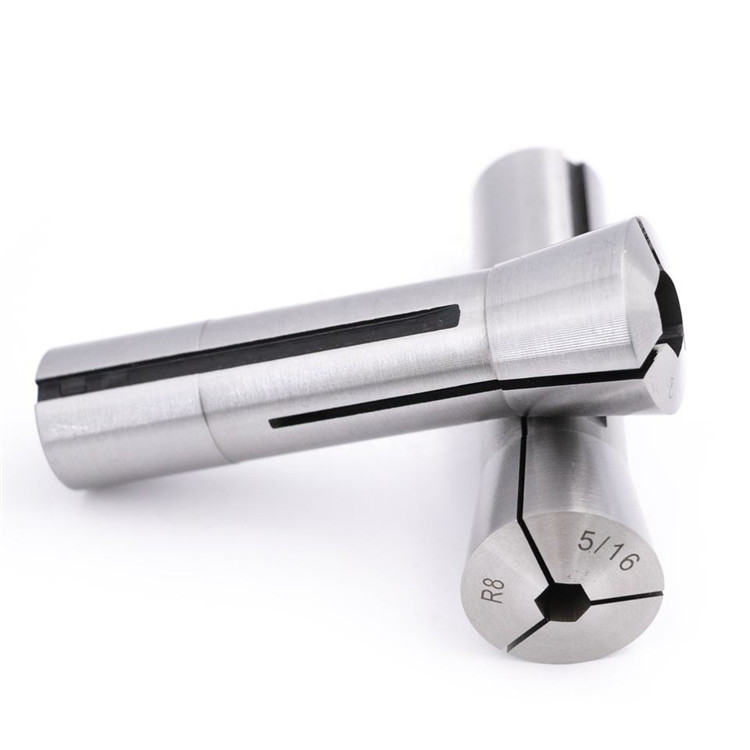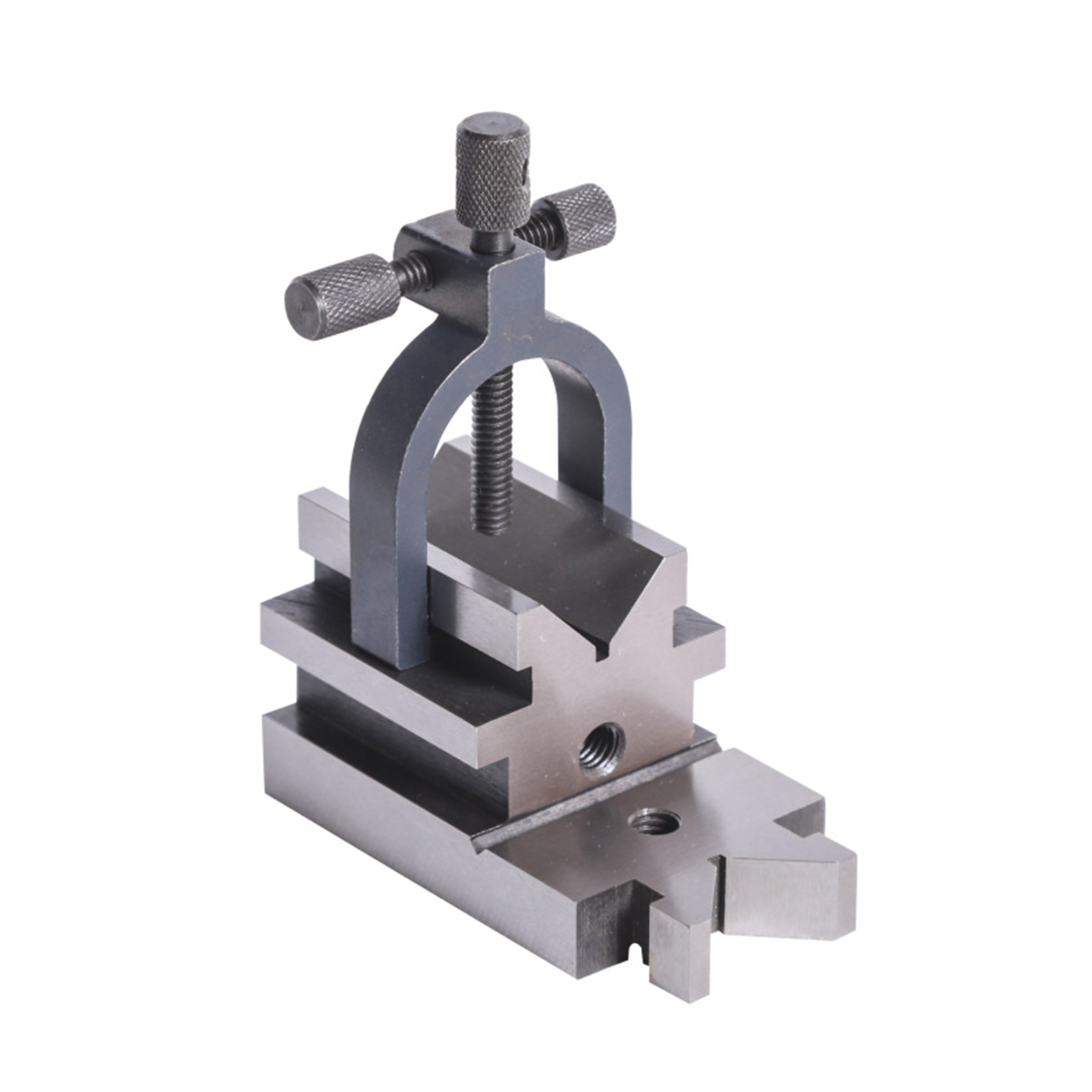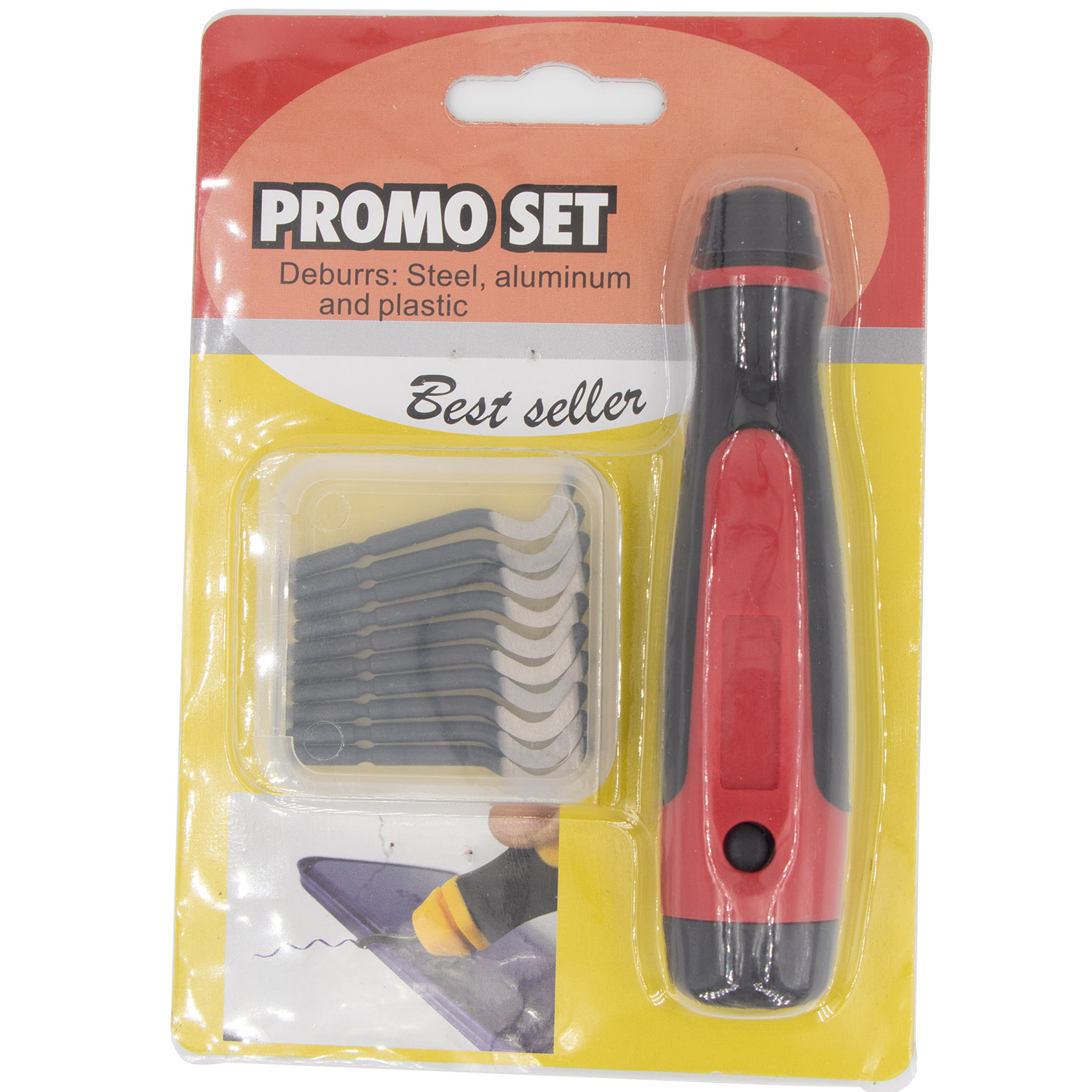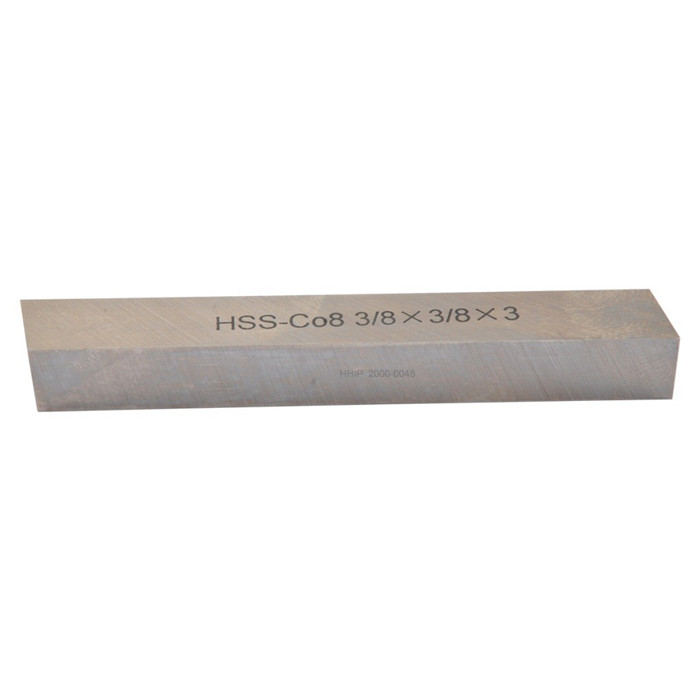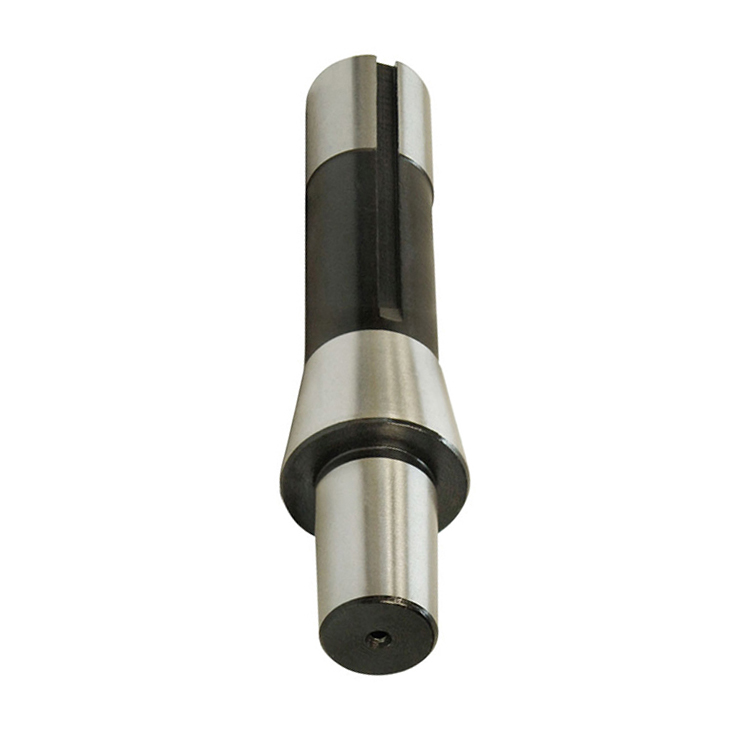123 block
The 123 block is a fundamental tool used across various industries for alignment, spacing, and precision measurement. Understanding its applications, types, and maintenance can significantly improve accuracy and efficiency in your work. This guide offers an in-depth look at 123 blocks, covering everything from their basic principles to advanced techniques.Understanding 123 BlocksWhat is a 123 Block?A 123 block, also known as a 1-2-3 block, is a hardened steel block precision ground to exacting tolerances, typically +/- 0.0001'. The dimensions are precisely 1 inch by 2 inches by 3 inches, hence the name. These blocks are valuable tools in machining, woodworking, and metrology for setting up workpieces, checking angles, and providing a stable reference surface.The Importance of PrecisionThe accuracy of a 123 block is paramount. The precision ground surfaces allow for repeatable and reliable measurements. Using an inaccurate block can lead to errors in your projects, affecting the quality of the final product. Therefore, choosing a reputable manufacturer and regularly inspecting your 123 blocks is crucial.Types of 123 BlocksWhile the basic dimensions remain constant, 123 blocks are available in different materials and configurations to suit specific needs.Solid 123 BlocksThese are the most common type, consisting of a single block of hardened steel. They offer excellent stability and are suitable for general-purpose applications. The solid construction ensures durability and resistance to deformation under load.Drilled 123 BlocksDrilled 123 blocks feature threaded holes that allow them to be securely fastened to workpieces or fixtures. This is particularly useful in machining operations where vibration or movement can compromise accuracy. The holes are strategically placed to provide maximum versatility in mounting options. Often used in conjunction with clamping kits, these blocks become a versatile fixturing component.Matched Pair 123 BlocksThese blocks are specifically manufactured as a matched set, ensuring they have identical dimensions within even tighter tolerances than standard blocks. This is essential for applications requiring extreme accuracy, such as aligning complex parts or performing critical measurements. Matched pairs are typically serialized for easy identification.Applications of 123 Blocks123 blocks are incredibly versatile and find applications across various industries.MachiningIn machining, 123 blocks are used to accurately position workpieces in a mill or lathe. They can be used to set angles, check alignment, and create a stable base for machining operations. Their precision enables machinists to achieve tight tolerances and produce high-quality parts.WoodworkingWoodworkers use 123 blocks for setting up jigs, aligning fences on saws, and ensuring accurate cuts. Their precision helps woodworkers achieve consistent results and create intricate designs.Metrology and Inspection123 blocks serve as reference standards in metrology and inspection. They are used to calibrate measuring instruments, check the accuracy of other tools, and provide a known dimension for comparison.Examples of Practical Uses Setting up a milling machine for a precise cut. Checking the squareness of a vise. Creating a custom jig for woodworking. Calibrating a dial indicator.Choosing the Right 123 BlockSelecting the appropriate 123 block depends on your specific needs and application.MaterialMost 123 blocks are made of hardened steel, but some are available in stainless steel for corrosion resistance. Consider the environment in which you will be using the blocks and choose a material that is appropriate for the conditions. For standard use in a machine shop, high-quality hardened steel is typically sufficient.TolerancePay attention to the tolerance of the block. Higher tolerance blocks are more accurate but also more expensive. For most applications, a tolerance of +/- 0.0001' is sufficient. However, for critical measurements, consider investing in matched pair blocks with even tighter tolerances.FeaturesConsider whether you need drilled blocks for mounting or solid blocks for general use. Think about the types of projects you will be working on and choose blocks with features that will make your work easier. If you need assistance with selecting a 123 Block or other precision tools, Wayleading Tools offers a wide range of options and expert guidance.Care and Maintenance of 123 BlocksProper care and maintenance are essential for preserving the accuracy of your 123 blocks.CleaningKeep your 123 blocks clean and free of debris. Use a clean cloth and a mild solvent to remove any dirt or oil. Avoid using abrasive cleaners, which can scratch the surface and affect accuracy.StorageStore your 123 blocks in a protective case or drawer to prevent damage. Avoid storing them near other tools that could scratch or dent the surfaces. Consider using a desiccant to prevent rust, especially in humid environments.InspectionRegularly inspect your 123 blocks for signs of wear or damage. Check for scratches, dents, or rust. If you notice any damage, have the blocks re-ground or replaced. A visual inspection before each use can help catch potential issues early.Advanced Techniques with 123 BlocksBeyond basic applications, 123 blocks can be used in more advanced techniques to achieve even greater precision.Stacking BlocksBy stacking 123 blocks, you can create custom heights for setting up workpieces or measuring dimensions. Ensure that the blocks are clean and free of debris before stacking them. Use a precision square to verify that the stack is perfectly vertical.Using with Sine BarsSine bars, when used in conjunction with 123 blocks, allow you to accurately set angles for machining or inspection. Calculate the required height using trigonometric functions and stack 123 blocks to achieve the desired angle. This technique is particularly useful for creating precise tapers or angles on workpieces.Troubleshooting Common IssuesInaccurate MeasurementsIf you are experiencing inaccurate measurements, check your 123 blocks for damage or contamination. Ensure that the blocks are clean and properly calibrated. Also, verify that your measuring instruments are accurate and properly calibrated.Blocks SlippingIf your 123 blocks are slipping, use a clamping kit to secure them to the workpiece or fixture. Make sure the clamping pressure is sufficient to prevent movement but not so high that it deforms the blocks.Where to Buy 123 Blocks123 blocks are available from various suppliers, including: Online retailers: Amazon, McMaster-Carr Industrial supply stores: MSC Industrial Supply, Grainger Specialty tool suppliers: Wayleading ToolsWhen purchasing 123 blocks, consider the reputation of the supplier and the quality of the blocks. Read reviews and compare prices to ensure you are getting the best value for your money.Conclusion123 blocks are indispensable tools for anyone requiring precision measurement and alignment. By understanding their types, applications, and maintenance, you can maximize their utility and achieve superior results in your projects. Investing in high-quality 123 blocks and taking proper care of them will ensure their accuracy and longevity, making them a valuable asset in your toolbox.
Related products
Related products
Best selling products
Best selling products-
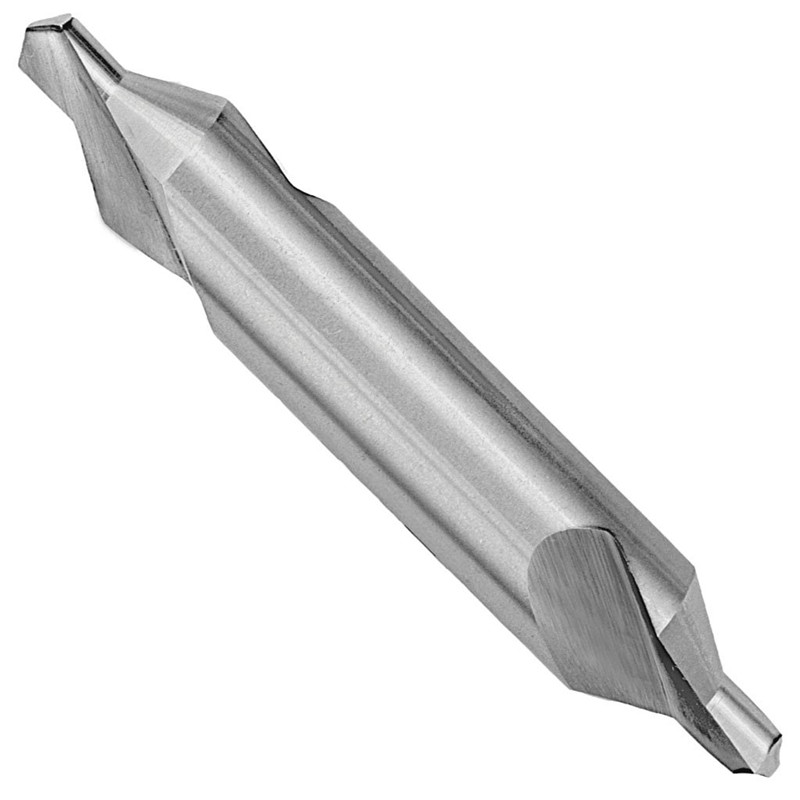 DIN333A HSS Center Drills With Milled & Fully Ground Flute
DIN333A HSS Center Drills With Milled & Fully Ground Flute -
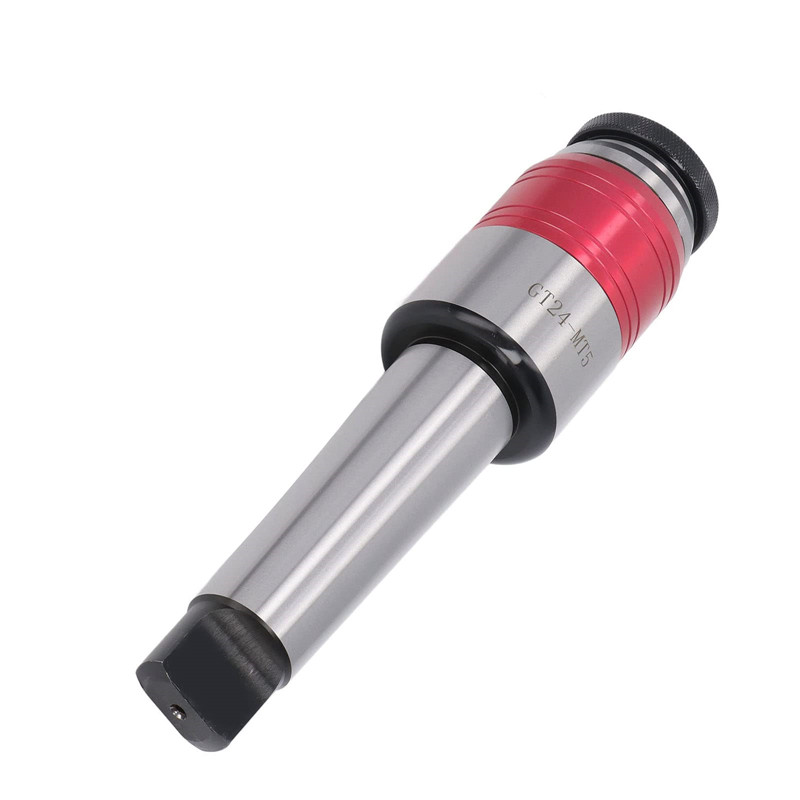 MT/R8 Shank Quick Change Tapping Chuck With MT & R8 Shank
MT/R8 Shank Quick Change Tapping Chuck With MT & R8 Shank -
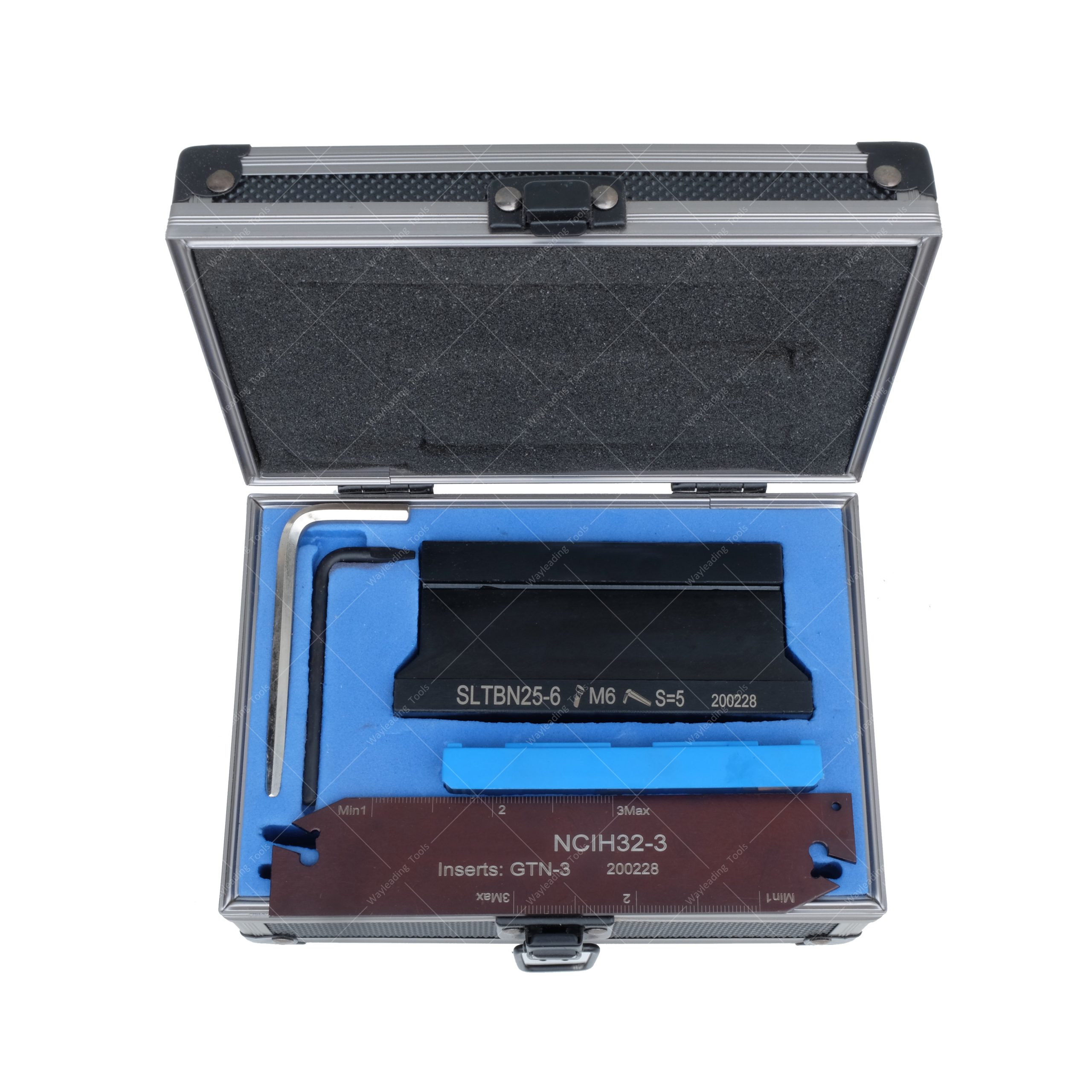 Parting & Grooving Tool Set With SLTB Blcok, NCIH Blades, GTN Inserts
Parting & Grooving Tool Set With SLTB Blcok, NCIH Blades, GTN Inserts -
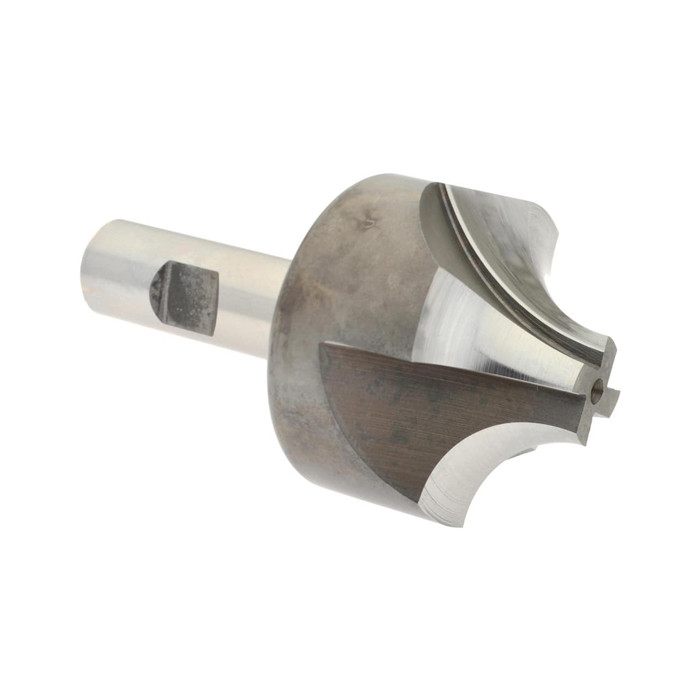 HSS Metric & Inch Corner Rounding End Mill For Industrial
HSS Metric & Inch Corner Rounding End Mill For Industrial -
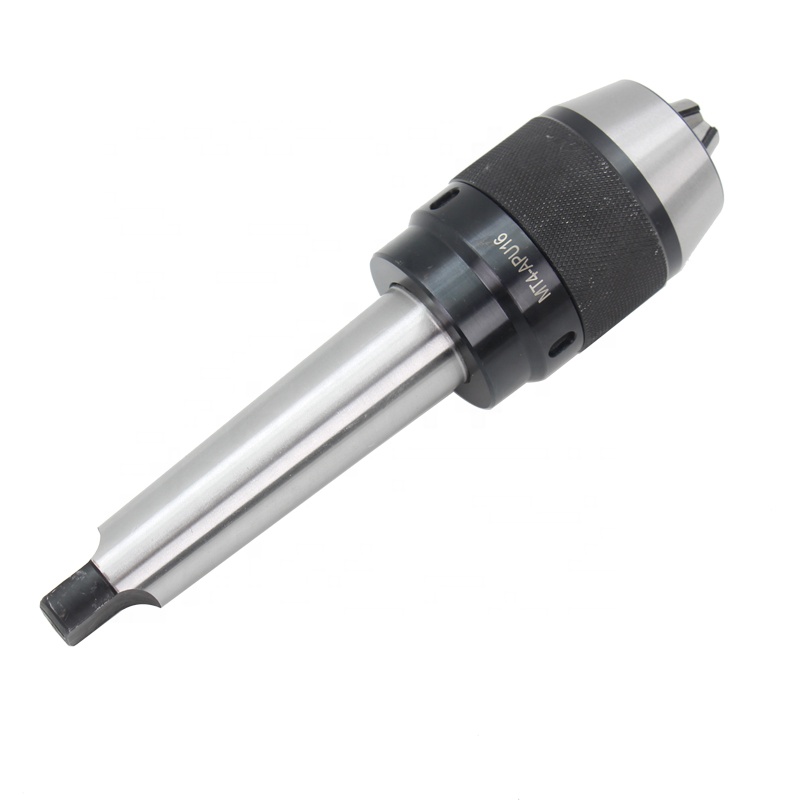 MT-APU Drill Chuck Holder With Keyless Type
MT-APU Drill Chuck Holder With Keyless Type -
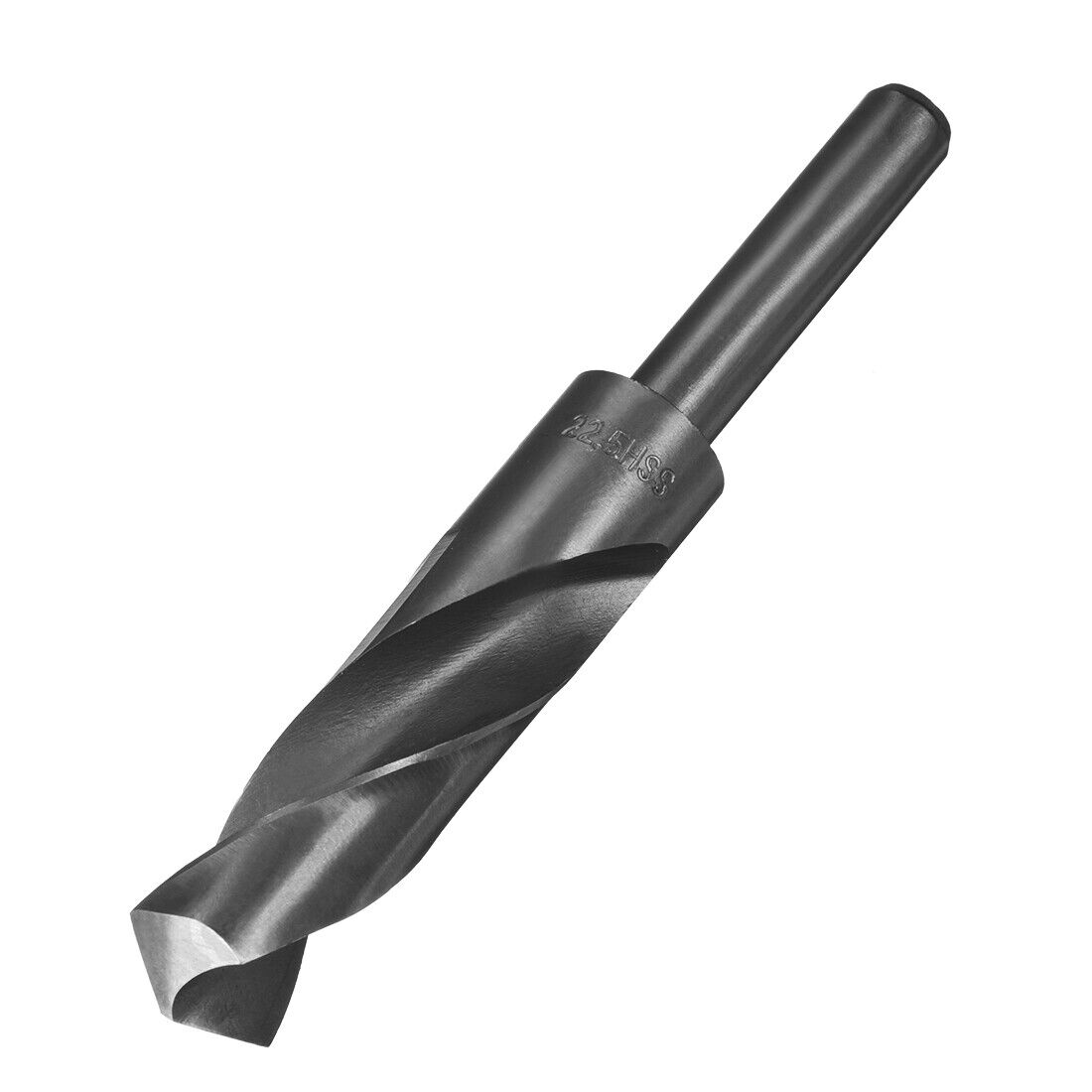 Metric HSS 13mm Reduce Shank Drill Bit For Metal Cutting Of High Precision
Metric HSS 13mm Reduce Shank Drill Bit For Metal Cutting Of High Precision -
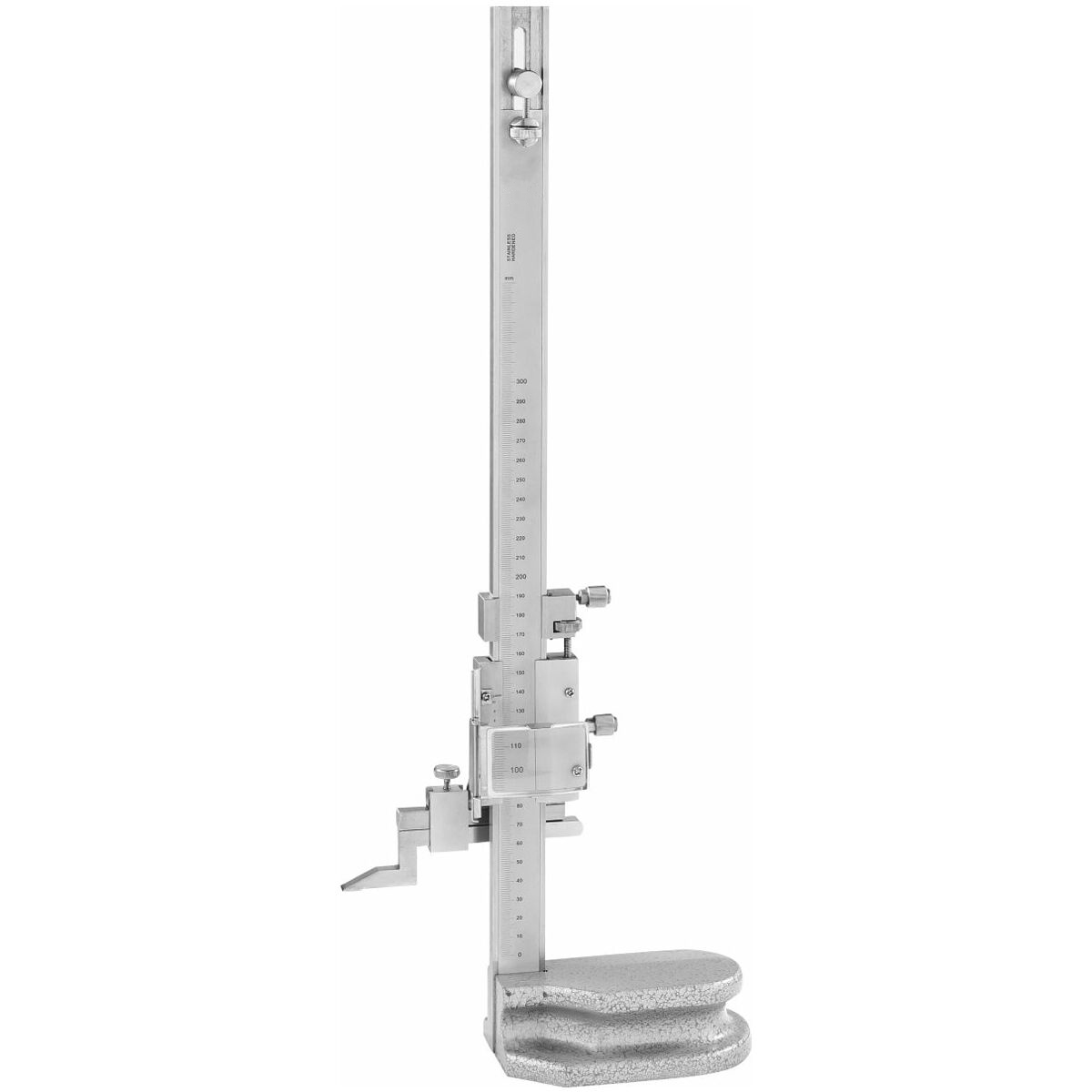 Vernier Height Gauge With Magnifier With Adjustable Main Bean
Vernier Height Gauge With Magnifier With Adjustable Main Bean -
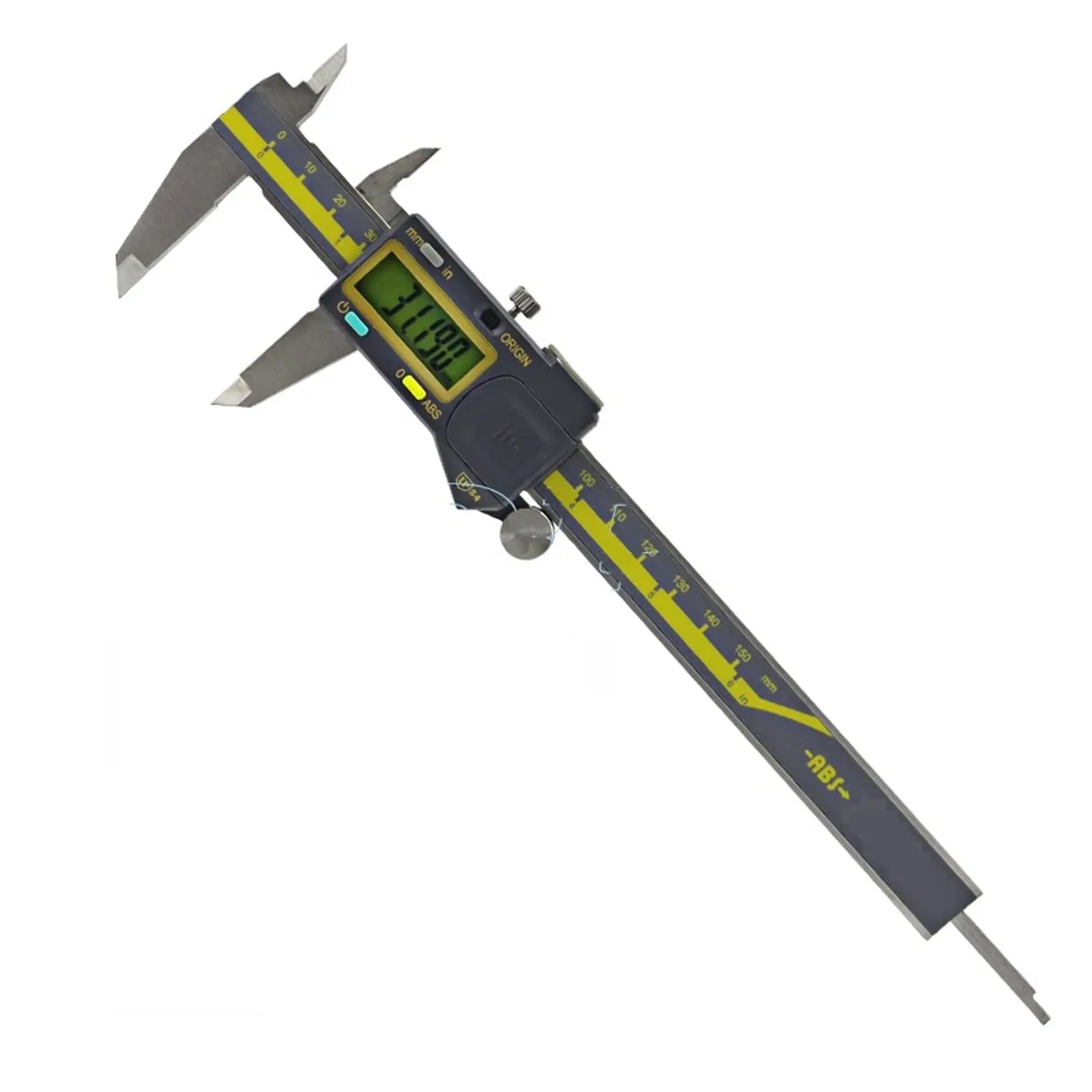 Precision IP54 Digital Caliper With Data Output For Industrial
Precision IP54 Digital Caliper With Data Output For Industrial -
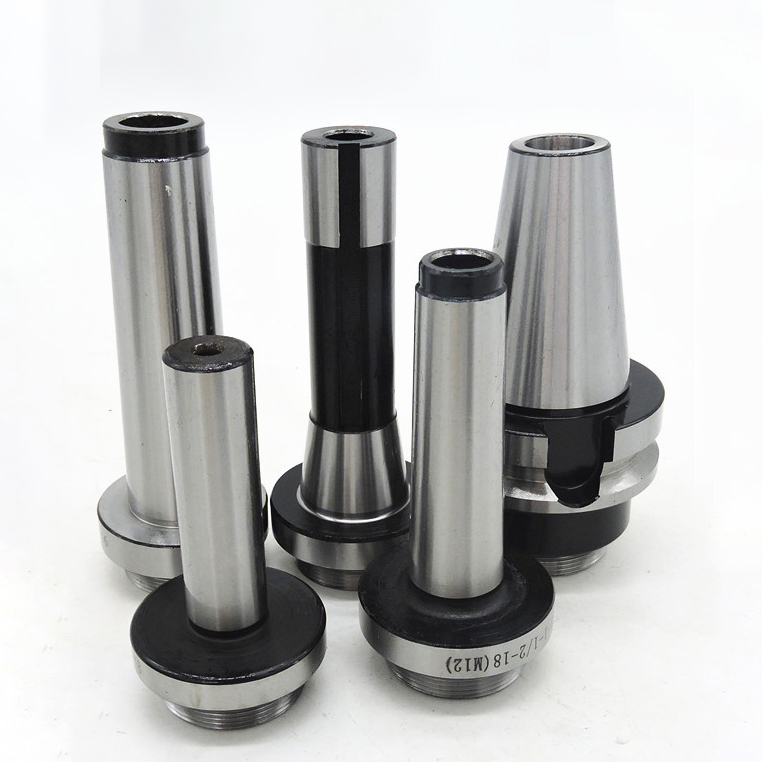 Boring Head Shank For Boring Head With Industrial Type
Boring Head Shank For Boring Head With Industrial Type -
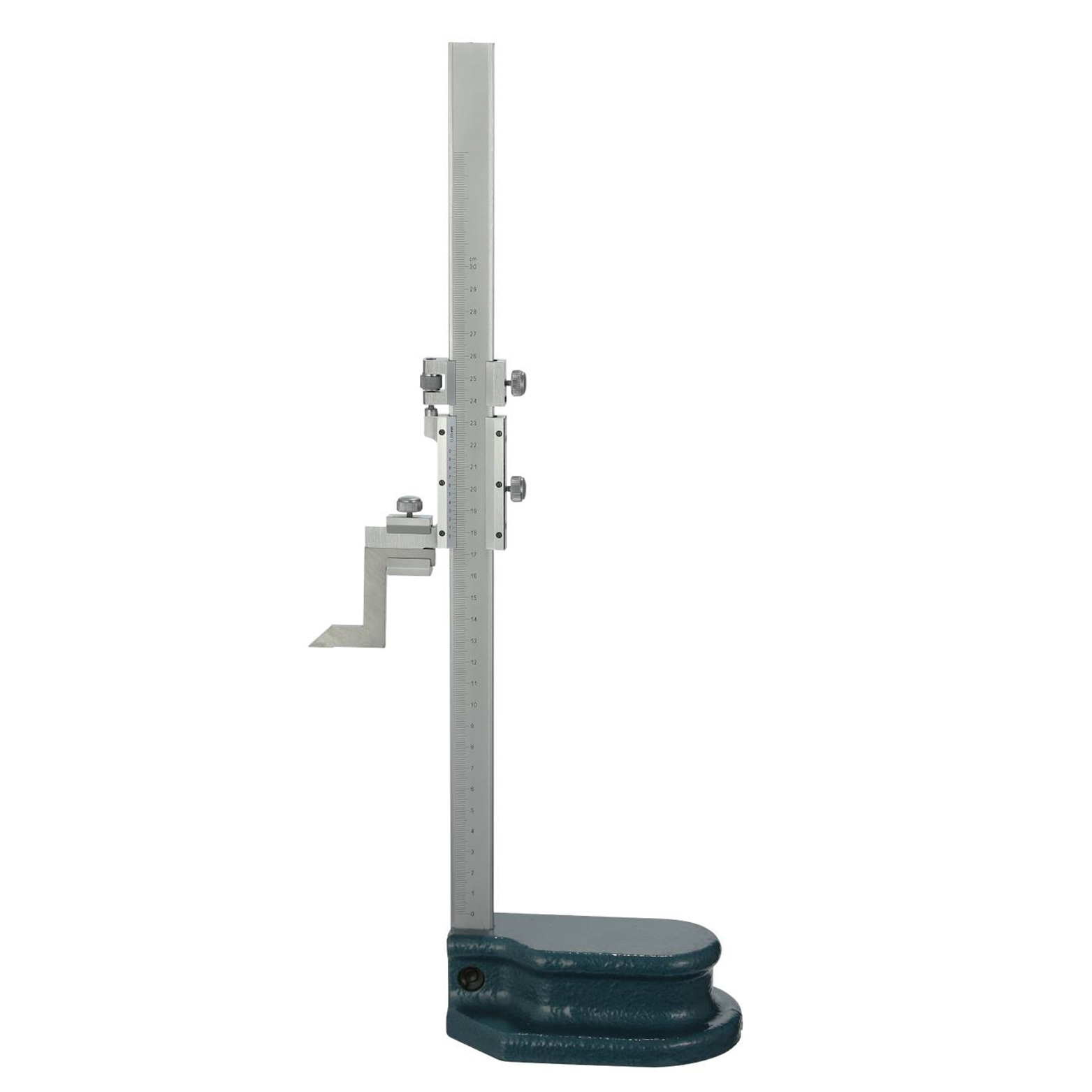 Vernier Height Gauge For Industrial
Vernier Height Gauge For Industrial -
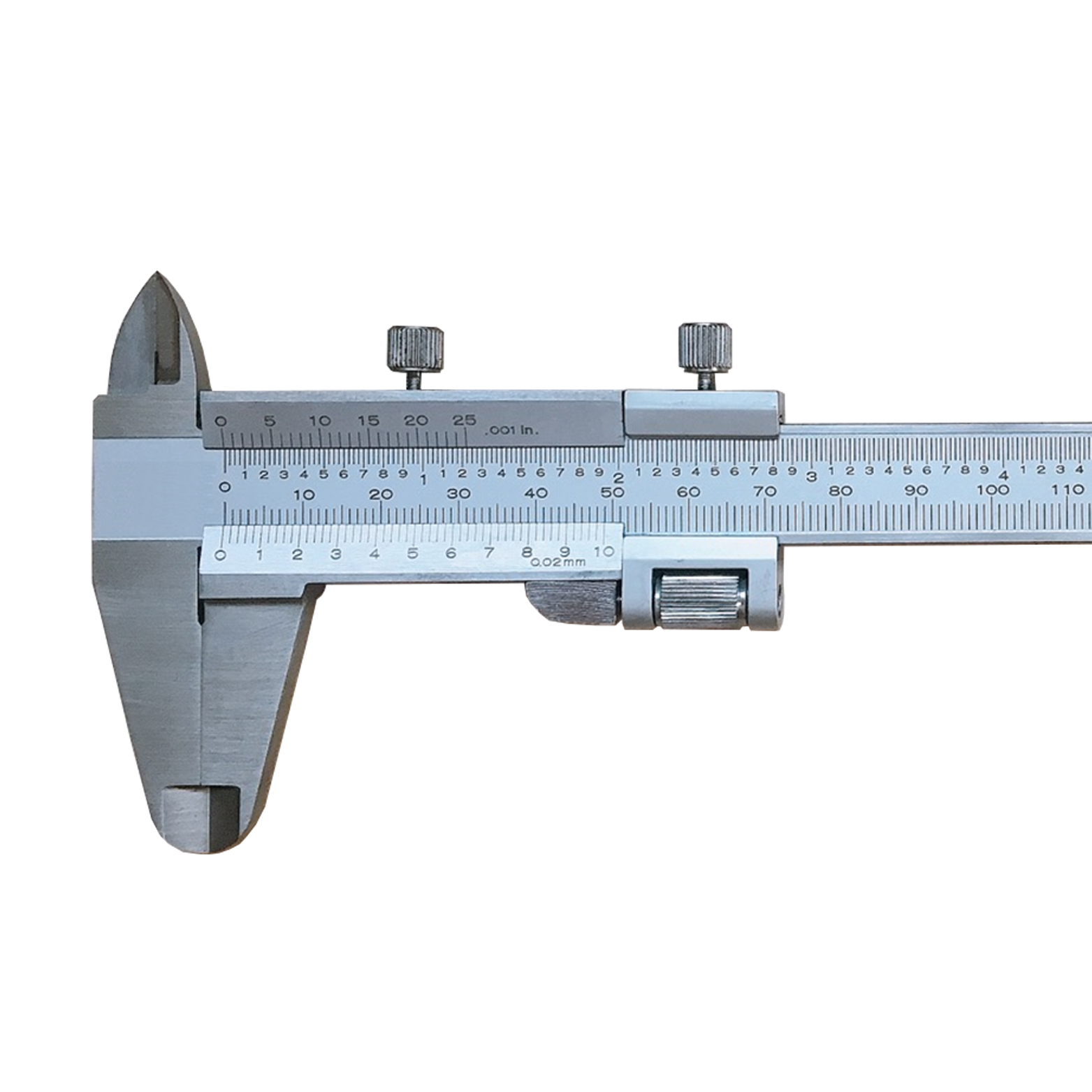 Precision Monoblock Fine-Adjustment Vernier Caliper Of Metric & Imperial For Industrial
Precision Monoblock Fine-Adjustment Vernier Caliper Of Metric & Imperial For Industrial -
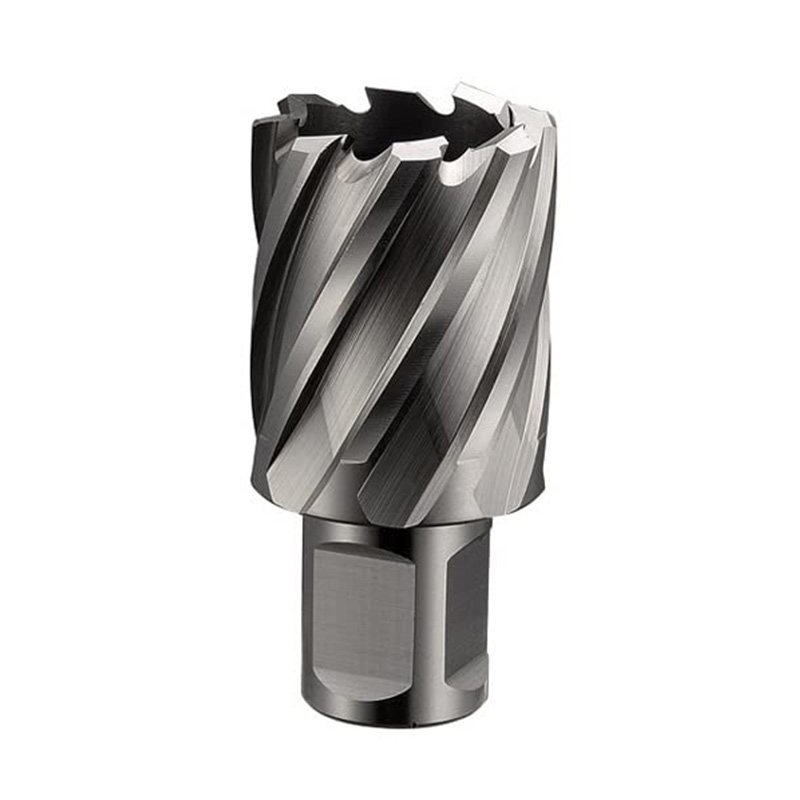 Metric HSS Annular Cutters With Weldon Shank For Metal Cutting
Metric HSS Annular Cutters With Weldon Shank For Metal Cutting

